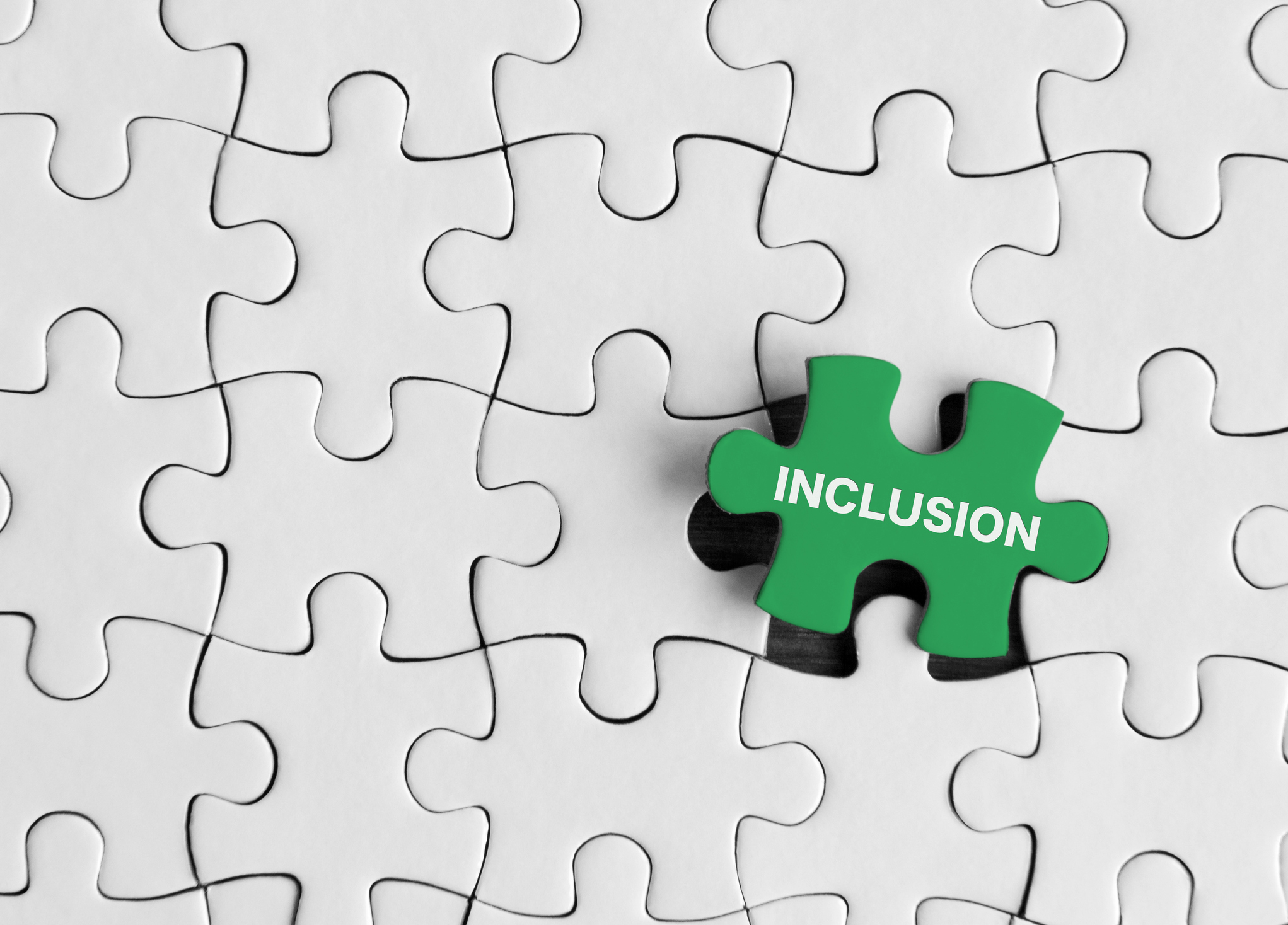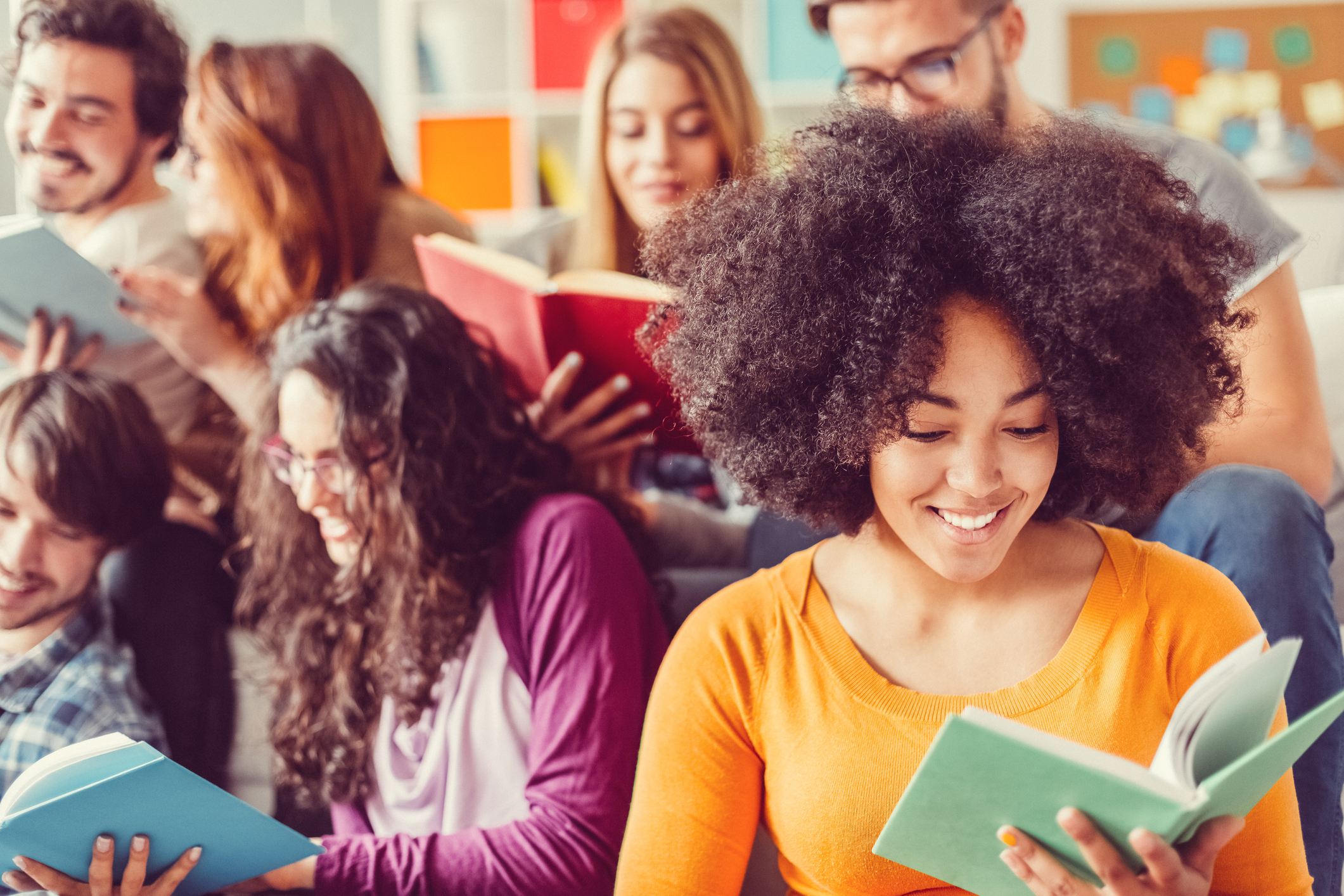
Take a moment to think about all the ways we engage students inside and out of the classroom. Part of that work is how we present instruction and resources, and the other half is the content itself. Gone are the days where we are differentiating a textbook from the internet to grapple with direct instructional needs. Even curriculum created by local school districts has to create lessons on discernment of information gathering from a variety of resources. We now are living in a time where primary sources and authentic texts live online and where citations are now being created to reference videos, oral histories, and screenplays. The access to the variety of resources we have at our fingertips is vast and global. Exciting social studies texts and literature exist for your students to gain access to a wide array of diverse and inclusive perspectives from across history.
As educators, we have to broaden our consumption of texts and media if we truly want to get at an inclusive truth and perspective of history. The reality of it all is this: educators have to be willing to let go of old-school concepts and traditional texts. Yes, there are great examples for standards that are well defined, but as the kids say, “Sir or ma’am, that’s real basic.” We have to morph with the times. We have to be on the cutting edge, meeting the students in our classrooms where they are to get them to where we need to be, academically, mentally, and analytically. The question remains: How do we do this?

Combine Inclusive Literature and Social Studies
Start with the question “What is being taught currently, and whose perspective is being left out?” First, think about all the authors you haven’t thought of, and especially, include writers who are marginalized. Are writers whose focus is based in the dynamics and the poetics of race, gender, and class currently being utilized in your curriculum? If not, add them to your list of literature to include. If this sounds uncomfortable, that’s OK. It is supposed to be. How else is the teacher ever going to be a learner if they don’t broaden their skills? This is a hard sell.
Humans, especially students and especially educators, are creatures of habit. We tend to like what we like and live in blissful ignorance when we don’t know an author. But if you aren’t ready to engage in new readings, one day soon your students will challenge you and present you with texts or songs and lyrics or images that will catch you off guard, and then boom! You will be the old person in the room shouting, “What is this mess? This isn’t real literature!”
You will end up doing two things:
- Alienate students from marginalized groups who are made to feel that literature, media, and primary sources that reference their lives are invalid
- Make your job all the harder in gaining the buy-in with students when it comes to academic performance
Including texts and media that reflect a socioeconomically diverse community and that seek to reflect the students in your classroom is a sound practice. You will be a successful educator because you don’t have to reach so far away to build schema for concepts you want kids to learn. There is nothing wrong with replacing works that were once deemed “canon” for works that showcase other identities.

Classroom Example
Say you are a secondary literature teacher and have found that teaching The Great Gatsby has gotten worse and worse every year. Students aren’t engaged in the text and don’t rightly care for Gatsby, Daisy, or Nick—none of your students relates to Yale or jazz or Gatsby’s money or flappers. If your students are first-generation learners from immigrant families or socioeconomically disadvantaged, there is a clear disconnect from this content. Students feel they cannot connect with the book because they have never seen such opulence. But show them a book like Bodega Dreams, by Ernesto Quiñonez, a book about a young man, Chino, who is torn between providing for a future for his pregnant wife by working for a man, Bodega, and works to try to fulfill Bodega’s dream of burning down all the tenement housing in Spanish Harlem. Chino must choose between his dreams and the dreams of the neighborhood king. Sound a little familiar? It is a more complex and realistic, down to earth narrative that packs the same thematic punch that The Great Gatsby provides, but also does it in bilingual tones and with more colloquial and relatable language.
The truth of why the book works? The kids can see themselves in it. They might not know Spanish Harlem, but they know tenement housing or apartment living. They know code-switching. They know what it’s like to want something and try anything to get it. It’s all about access.
Broadening Inclusive Literature
This is just a smidge of what inclusion looks like. Secondary teachers are likely going to have to do the heavy lifting when choosing a new inclusive text to present in the classroom. You are going to be the one to introduce your students to names, places, media, films, and documents they didn’t know about before, and some of things will challenge what you think you know about literature, about literacy, and about combining these in the social studies classroom to ensure students are exposed to a broad scope of inclusive texts. Teachers must build classrooms that provide untold perspectives. You might teach about the Tuskegee airmen. Good—now make sure to mention the Afro-Dominican one. You might already teach about the migrant farming boycotts and the rise of the Chicano movement. Now, make sure to teach about all the Filipino farmers who protested with the Mexican American farmers.
Once you build this inclusive structure in the classroom, you know you are doing it right when the kids start asking questions. Then you’ve got them. Thinkers. All of them. Let them rewrite the endings to stories they know. Let them translate works if they speak a different language. Let them find songs they know by heart, and have them rewrite the narrative or find the facts of the lyrics. This is learning.
You must keep six things in mind when combining inclusive social studies texts in the secondary classroom:
- Know your students.
- Know your school community.
- Integrate many different access points to texts or media.
- Create opportunities for student discourse.
- Utilize engaging activities around the text/media.
- Dig deep to learn about real aspects of “canon.”
If you can remember to do this for yourself, you can do this for your students.
Active Classroom has hundreds of inclusive curriculum and instruction resources.
Access a free trial and start engaging students today
Lupe Mendez (Writer//Educator//Activist) is the author of WHY I AM LIKE TEQUILA (Willow Books, 2019), winner of the 2019 John A. Robertson Award for Best First Book of Poetry from the Texas Institute of Letters. He is the founder of Tintero Projects which works with emerging Latinx writers and other writers of color within the Texas Gulf Coast Region, with Houston as its hub. Lupe earned his Masters of Fine Arts from the University of Texas at El Paso. Mendez’s work can been seen in print and online formats including the Kenyon Review, Gulf Coast Journal, the Texas Review, the L.A. Review of Books, Split This Rock, Poetry Magazine and Poem-A-Day from the Academy of American Poets. Mendez is the 2022 Texas Poet Laureate. Follow him on Twitter, at @thepoetmendez and on Instagram, at @ellupis.
